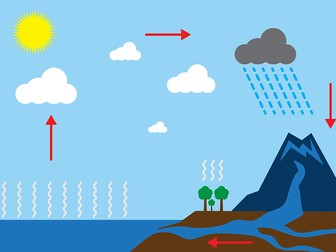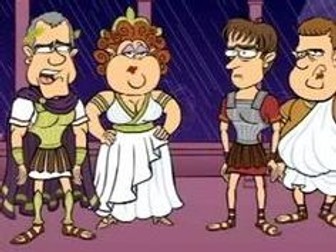
10 Things I Hate About You Lesson Pack
Description
A collection of slides supporting at least 4 lessons aiding students in being introduced to assessing and considering films.
Lessons are as ordered:
Consideration of basic facts considering the film e.g. who is the director
Synopsis of what the film is about
Examination of the main themes of the film
Character analysis of Kat Stratford, Patrick Verona, and Bianca Stratford
Examination of the relationships of the film - accompanied by a YouTube video
Prompt for a reviewing the film
Instigation of a project/presentation for students to examine a key scene in the film
Explanation
These lessons are designed to follow on from a viewing of the film ‘10 Things I Hate About You’. The slides are made to provide visual prompts supporting at least 4 lessons. These lessons have a variety of activities including classroom discussions, think-pair-share activities, research prompts, and written activities. The final slide is a prompt for a presentation project for students based on a key scene from the film, the assignment is attached as a seperate word doc.
Differentiation
Questions vary in difficulty so that students are not deterred, and they are eased into the work thus finding it more accessible.
Slides are made using Comic Book Sans.
Slides are designed with a variety of imagery and vocab, as well as with pale yellow background.
Activities vary in what they are asking students to do.





